Advertisement
Swollen Feet? 10 Home Remedies To Get Rid Of It
Advertisement
Swollen feet are frequently the result of prolonged standing or usage, causing discomfort by the end of the day. If the swelling does not go away overnight, therapy may be indicated. While most cases do not require medical treatment, it is advisable to see a doctor if swelling persists for more than a week without a clear cause. Fortunately, there are some excellent home cures for relieving discomfort and reducing swelling.
Apple Cider Vinegar
Apple cider vinegar has natural anti-inflammatory properties and is high in potassium, which helps reduce fluid retention. To use this remedy, mix equal parts apple cider vinegar and warm water. Soak a towel in this mixture, then wrap it around your swollen feet. Leave the wrap on for about 20 minutes before removing and rinsing your feet. This treatment can help decrease swelling and refresh tired feet quickly.

Advertisement
Gentle Foot Massage
A gentle foot massage can stimulate circulation and reduce swelling in the feet. Use a firm but gentle touch to massage the swollen areas, promoting blood flow and lymphatic drainage. Start at the toes and work towards the ankle using slow, soothing motions. You can enhance this remedy by using massage oils or lotions that contain anti-inflammatory ingredients like peppermint or eucalyptus.
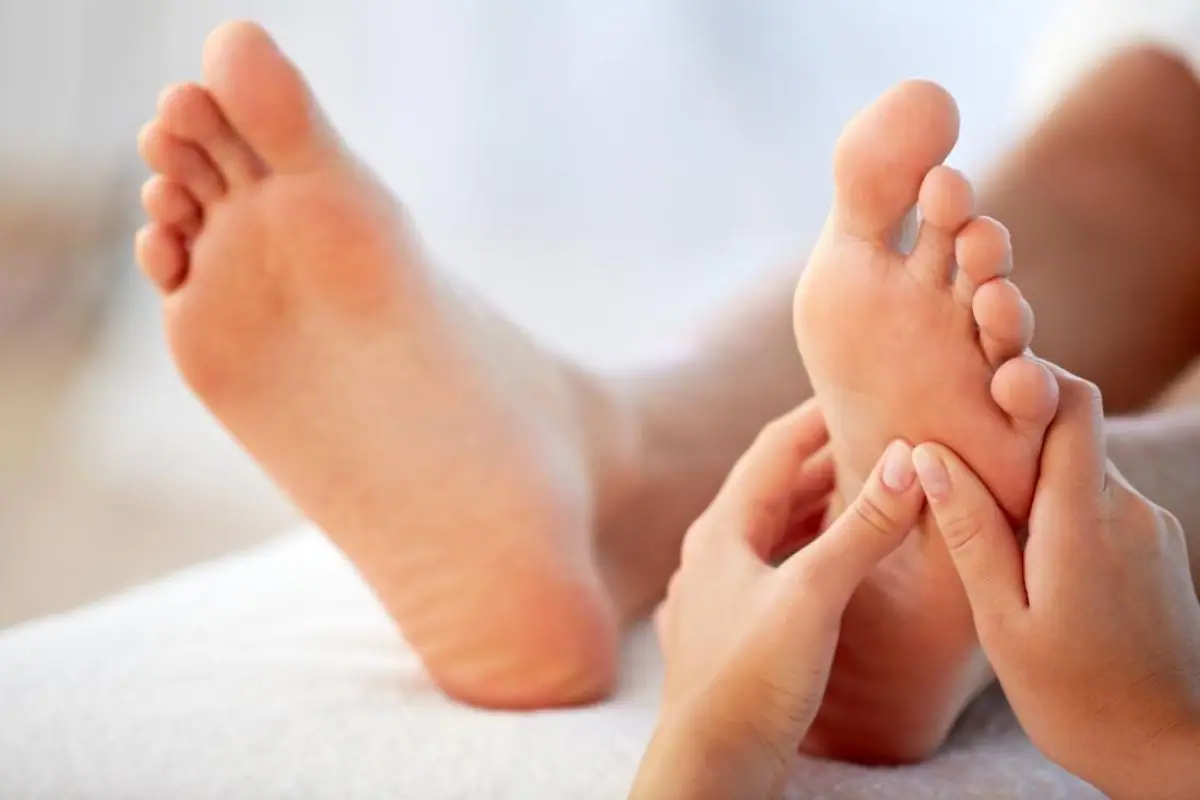
Advertisement
Hydration
Increasing your water intake is crucial in managing swollen feet. Drinking adequate amounts of water helps to flush out excess salt and toxins from your body, which can contribute to swelling. Aim to drink at least eight glasses of water daily, more if you are active or it is hot. Proper hydration keeps the body’s fluid balance in check and can help reduce the likelihood of swelling. Dehydration can induce swelling as your body attempts to retain fluids. Consuming too much sodium can also lead to increase water retention. Reduce the quantity of salt in your diet by adding spices to flavor foods and avoiding sodium-rich pre-packaged meals.
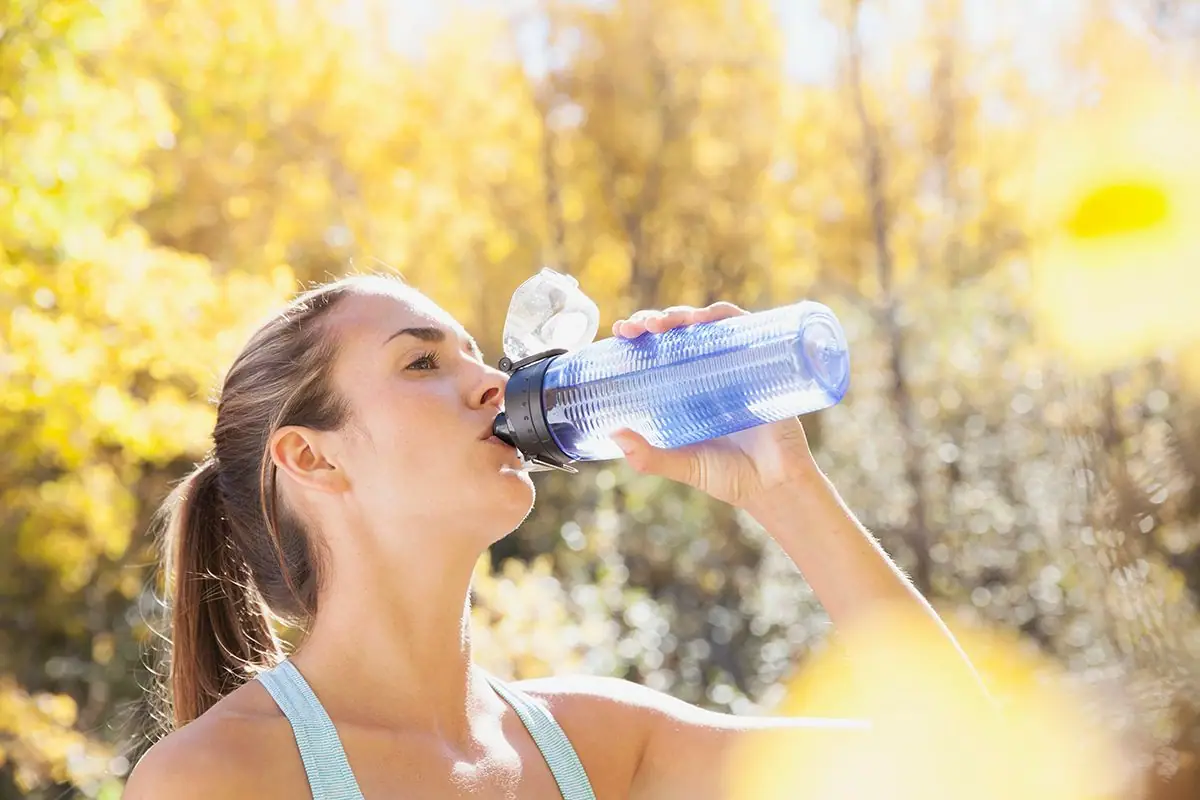
Advertisement
Compression Socks
If you often deal with swollen feet, consider slipping on some compression socks. It is popular among athletes for managing strains and overuse injuries as these socks promote blood circulation. They work by tightening around the legs, which encourages the veins to constrict. This action prevents blood from pooling in your feet, a common issue when you stand for extended periods or overuse your feet. As the socks compress, they help veins regain their normal size, thereby easing inflammation and reducing discomfort.
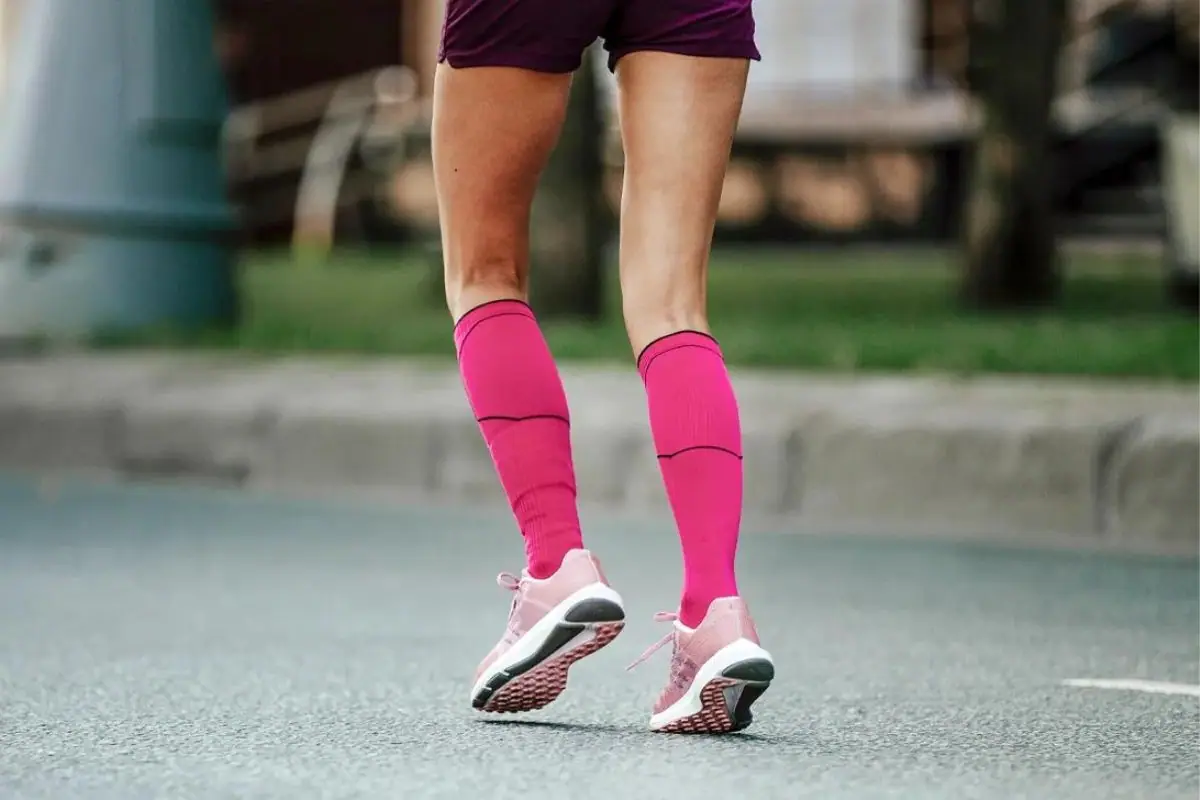
Advertisement
Elevation
If you're dealing with swollen feet, elevating them can significantly reduce inflammation. Simply prop your feet up on a pillow while you relax to prevent blood from pooling in your feet. For more severe swelling, consider elevating your feet overnight by arranging pillows or blankets at your bed's foot to create an incline. Position your feet above your heart level to boost circulation and drainage. Additionally, taking NSAIDs before elevating your feet can hasten your recovery.

Advertisement
Epsom Salt Soaks
Epsom salt, a compound rich in magnesium, offers excellent anti-inflammatory benefits. Create a soothing foot soak by dissolving one to two cups of Epsom salts in a basin of warm water. Submerge your swollen feet for about 20 minutes to allow the magnesium to penetrate and reduce inflammation. This soak can be particularly relieving after a long day of standing or walking, helping to alleviate both swelling and foot fatigue.
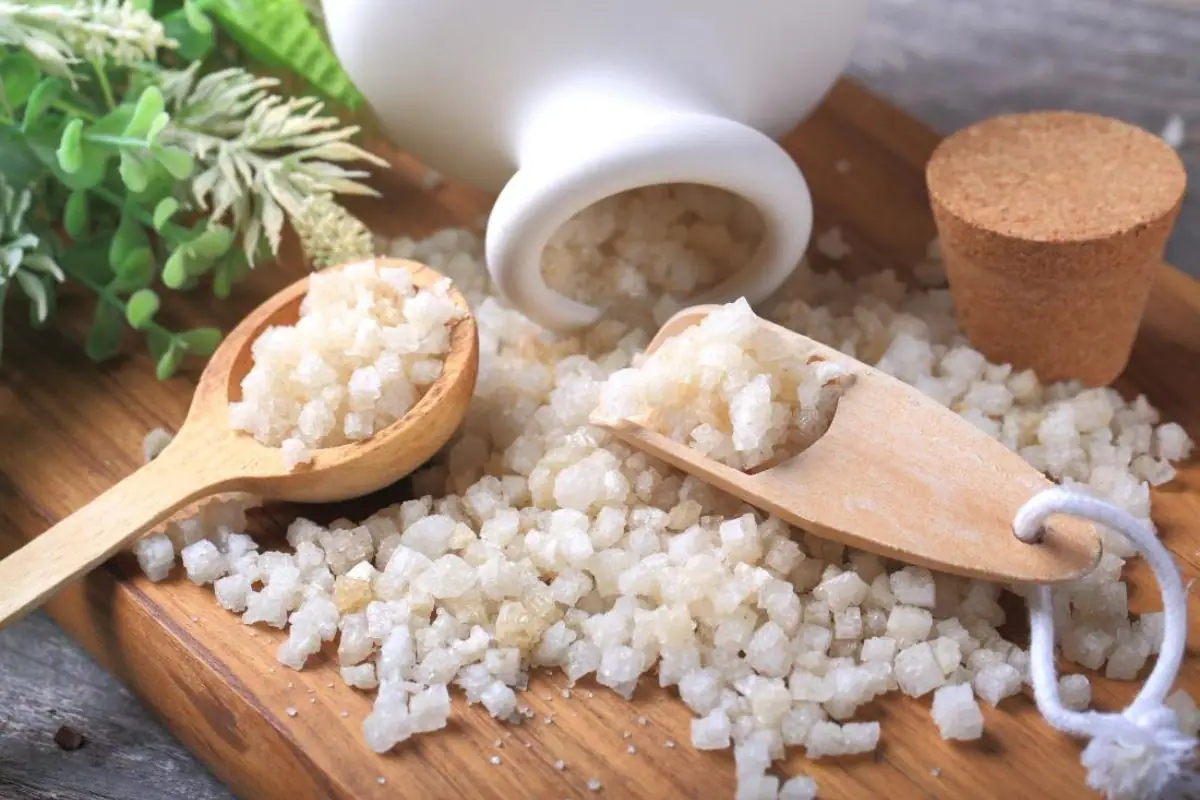
Advertisement
Dietary Adjustments
Adjusting your diet can have a profound effect on reducing foot swelling. Limit high-sodium foods, which can exacerbate fluid retention and swelling. Instead, increase your intake of potassium-rich foods like bananas, avocados, and leafy greens, which can help balance sodium levels in your body. A balanced diet supports overall health and can prevent the occurrence of swelling due to nutritional deficiencies.
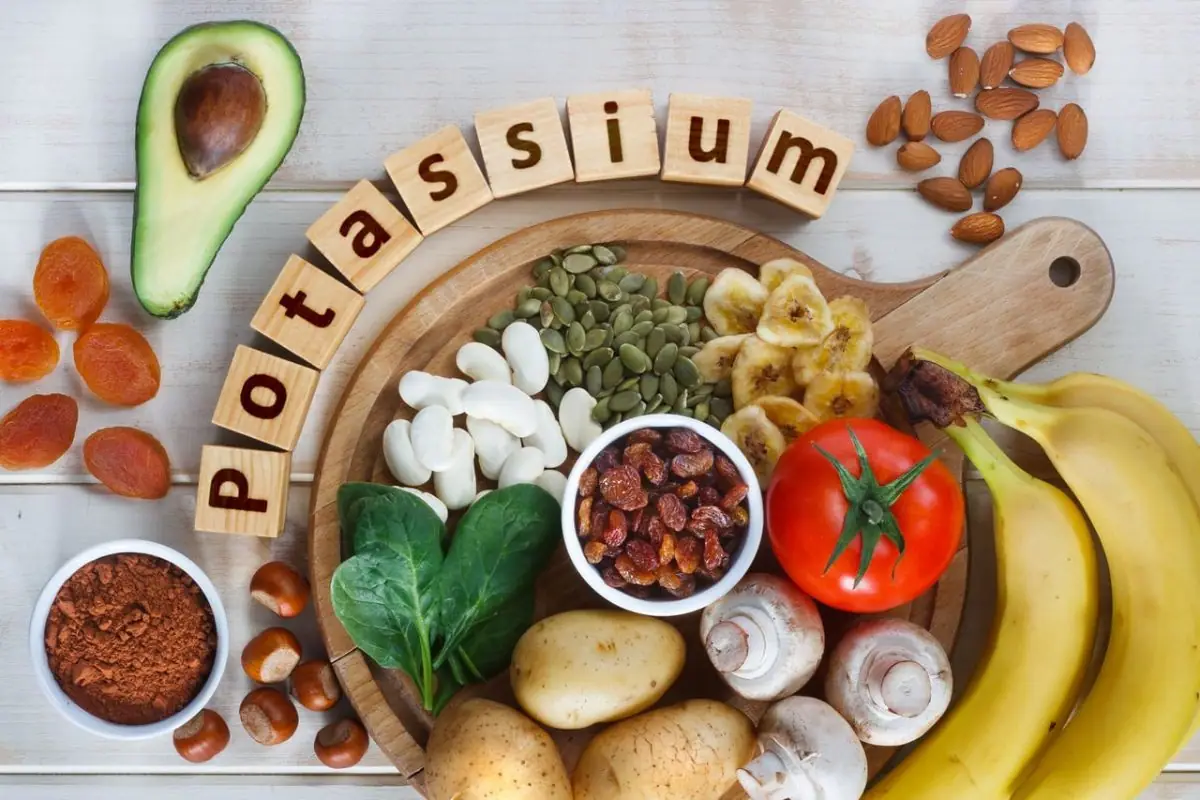
Advertisement
Exercise
Taking part in regular, low-impact exercise such as walking, swimming, or cycling can improve circulation and help prevent fluids from pooling in your feet and ankles. Exercise activates the muscle pump in the legs, which helps move fluids back towards the heart. Even simple stretches or foot exercises performed several times a day can be beneficial in reducing swelling.

Advertisement
Heat and Ice
To speed up recovery from swollen feet, try alternating between heat and ice. Set up two foot baths—one with warm water and another with ice water. Start by soaking your feet in the warm bath for five minutes, ensuring the water covers your ankles. Then, switch to the cold bath for a brief one-minute dip. After this, dry your feet thoroughly. This method of alternating temperatures helps reduce inflammation quickly, easing discomfort and improving mobility.
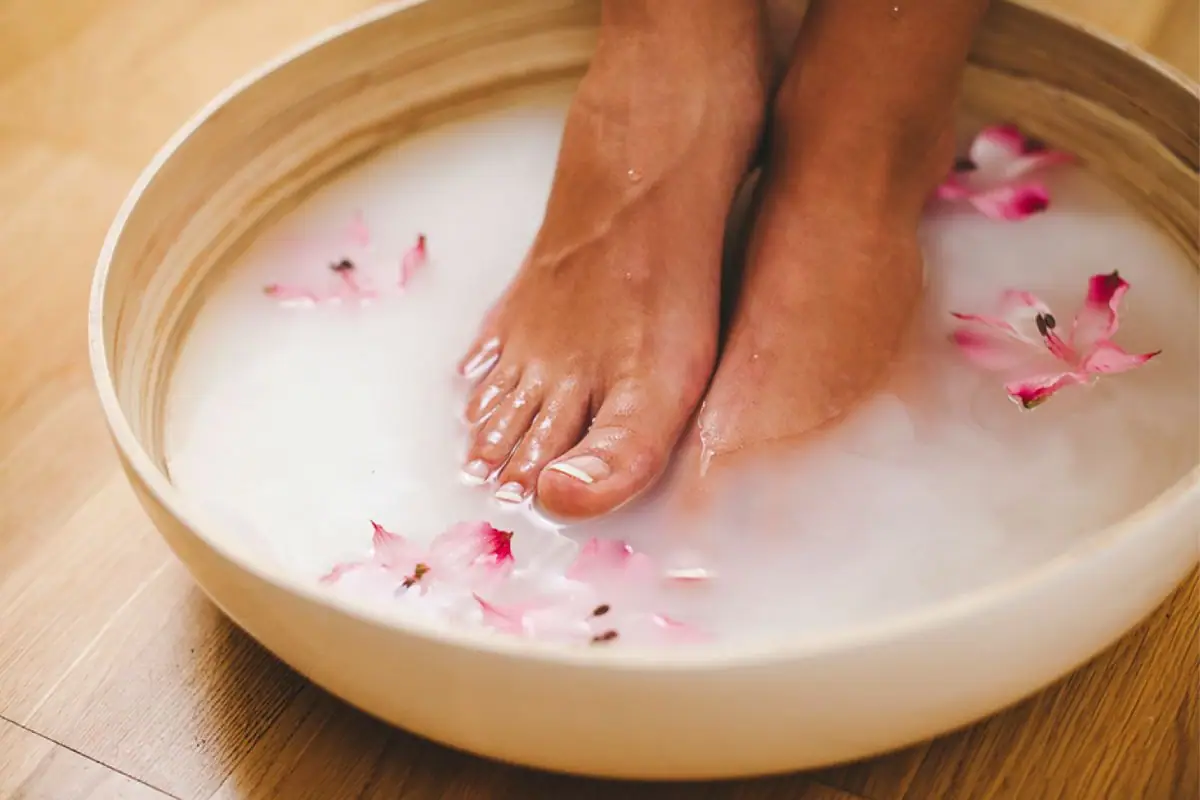
Advertisement
Herbal Remedies
Certain herbs, such as dandelion, ginger, and parsley, have diuretic properties that can promote urine production and help reduce swelling. These herbs can be consumed as teas or supplements. Before starting any herbal remedy, consult with your healthcare provider, especially if you have underlying health conditions or are on other medications, to avoid potential interactions.
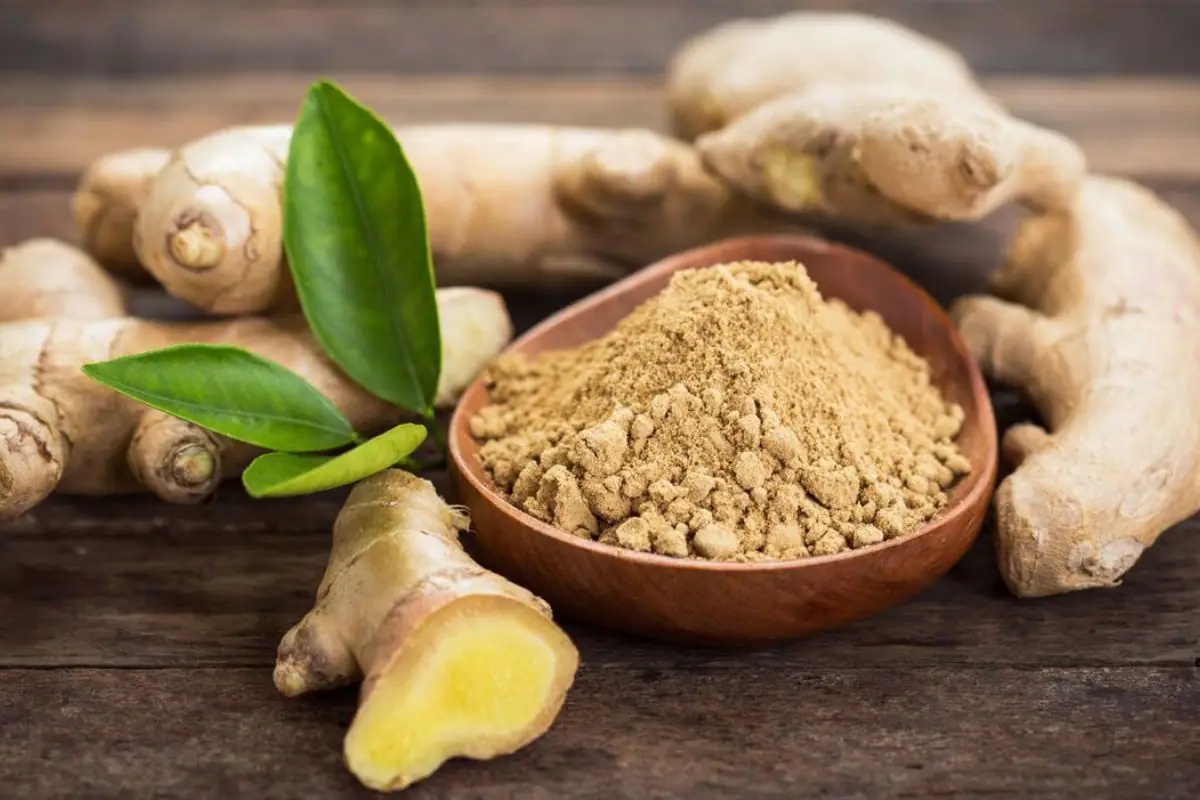
.png)




